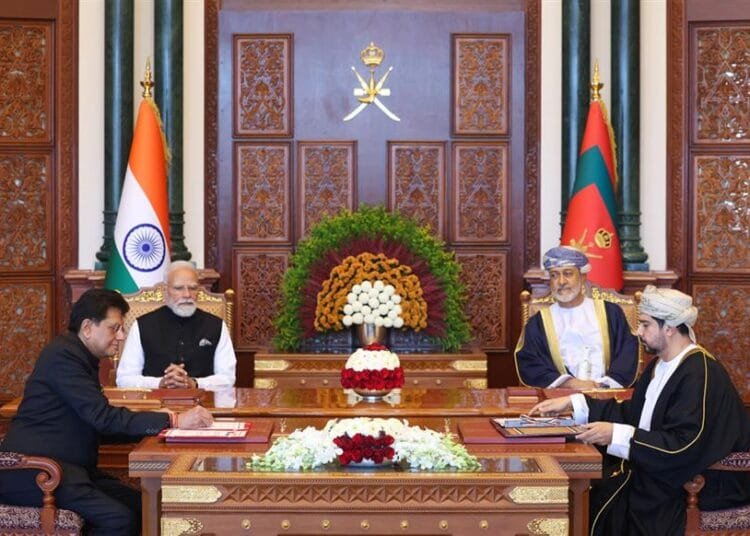Indian equity market index has risen quite strongly in recent years, says Trung Tran
The Indian state-owned insurance companies, which accounted for 45% of earned premium in fiscal-year 2021, posted a combined ratio of over 120% as these companies help to enforce government insurance schemes and increase insurance penetration by offering lower-priced products, says an industry report.
While this approach benefits policyholders, it constrains the insurers’ profitability, added the report by Singapore-based AM Best which expects a deterioration in technical metrics in fiscal-year 2022, driven by a further decline in health insurance results.
Impacting these lines of business and investment returns is the ongoing pandemic and global geopolitical tensions, said the report “Market Segment Outlook: India Non-Life Insurance”. It was made available on 1 May 2022.
“The Indian equity market index has risen quite strongly in recent years,” said Trung Tran, senior financial analyst, AM Best.
“However, an increase in market volatility is a risk to India’s insurers that could materially affect their capital position and investment performance.”
Additionally, according to the report, the conflict in Ukraine has led to a rise in commodity prices in India, which is creating inflationary pressure and hurting consumer sentiment.
However, India has found some opportunities from the crisis, such as entering into a deal with Russia to import crude oil and increase wheat exports.
AM Best expects these opportunities to mitigate some of the negative impacts of the crisis on the Indian economy.
While the segment is poised to grow strongly as the country’s economy recovers, AM Best expects India’s non-life companies to continue facing headwinds in the near to midterm from their core underwriting portfolios.
AM Best has maintained its negative market segment outlook on India’s non-life insurance segment, citing insurers’ reliance on investment income to offset persistent underwriting losses as a key factor. fiinews.com










